All the World on Stage In One Neighborhood? 2014 Theater
Village Festival
If there was one American neighborhood that was at the center of innovative theater in the twentieth century, it was Greenwich Village, birthplace of the “little theater” movement in 1913, of Off-Broadway around 1952, and of Off-Off Broadway in 1958; home of seminal theaters and theater artists ranging from the Provincetown Playhouse with Eugene O’Neill to the Living Theatre of Julian Beck and Judith Malina.
“I want to reinvigorate the idea of this neighborhood being a destination for theater,” David Van Asselt, artistic director of Rattlestick Playwrights Theater, told me last year, explaining why he was launching the first annual Theater: Village Festival with three other Greenwich Village theaters—Axis, Cherry Lane, and New Ohio. To Van Asselt, “theater is the Village,” thus the colon in the festival’s title.
At last year’s festival, each of the four theaters presented a different but related show from Lucy Thurber’s play cycle, The Hill Town Plays, the story of the pivotal moments in a woman’s life from age thirteen to her thirties. The second annual Theater: Village Festival is happening right now at the same theaters, with a new approach—plays by different authors that share this year’s theme “E Pluribus” (out of many).
“The first festival worked surprisingly well,” Van Asselt says now. “The theaters were enthusiastic. Attendance was good. The festival itself won an Obie, and so did Lucy Thurber. And there were a number of playwrights who told us ‘now I’m writing a trilogy.’ I had wanted to show playwrights that if you’re ambitious, if you have a project that has some real substance to it, we won’t back away.”
The four shows in the festival this year have less directly in common with one another, but they do wind up sharing more than might be immediately apparent. “We’re experimenting this year,” says Van Asselt—a thought-provoking experiment that may offer insights into creating and re-creating community on stage.
Juárez: A Documentary Mythology
Rubén Polendo knew the Mexican border city of Juárez as home. His love of theater was in part inspired by his father’s love of pageantry. He recalled the elaborate ceremony his father created when his sister was crowned queen of the Juárez Lion’s Club. “But, eventually I left Juárez,” Polendo tells us, in a recorded voiceover on the Rattlestick stage.
I left for the U.S. to go to college, and I changed and got older. And my dad changed and got older. And Juárez—well, Juárez changed. It became the Juárez of drug smugglings, killings, corruption, and violence… Juárez had become foreign to me… I needed to understand what had happened to the city.
And so Polendo enlisted the members of the theater company he founded, Theater Mitu, to interview hundreds of Juárez citizens and El Paso residents too. El Paso, sister city of Juárez, sits right across the Rio Grande, the river where Polendo learned to swim.
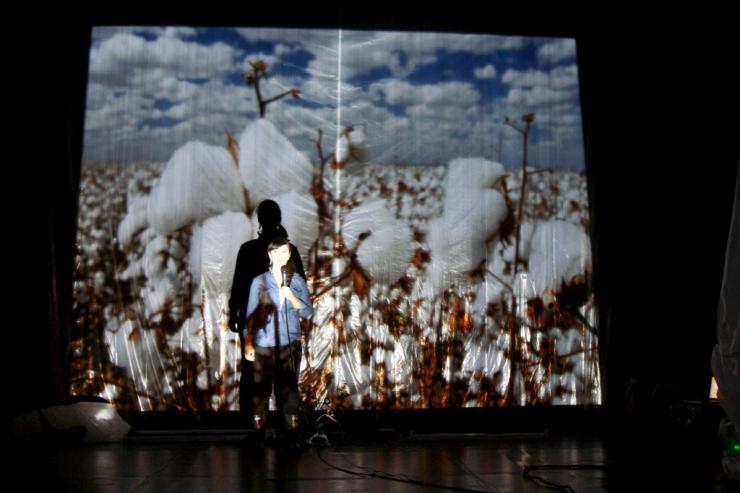
The theater piece that has emerged after several years of interviews features six performers on stage playing multiple interviewees, each identified only by occupation and age, if that—presumably to protect their identities. As I wrote in my review, the fascinating information we glean from their testimony, and from the facts about the city read off of note cards, are what make Juarez: A Documentary Mythology worthwhile. Less successful is its theatrical presentation, which leans on stage effects, and keeps the audience at arms length from the characters with the exception of Polendo’s father, and, more obliquely, Polendo himself.
I Like To Be Here: Jackson Heights Revisited, Or, This Is a Mango

When Ari Laura Kreith moved to the Queens neighborhood of Jackson Heights several years ago, she was immediately struck by the remarkable mix of cultures, inspiring her to create a new company called Theatre 167, named after the 167 languages reportedly spoken in the neighborhood. I Like To Be Here: Jackson Heights Revisited, Or, This Is A Mango, presented at the New Ohio Theater, is Theatre 167’s fourth production based on the people and places of one of the most diverse neighborhoods in the country. The play, conceived by Kreith and written by seven company members, presents a cast of seventeen portraying twenty-one characters on a single night in Jackson Heights—cabdrivers, beat cops, drag queens, tomboys, insomniacs, meth addicts, immigrants from South America and South Asia (some speaking in their native tongue as well as English), long-time Irish residents, and overnight visitors from Long Island. The characters (even the shady ones) interact with one another as if Jackson Heights is one big happy microcosm of the world.
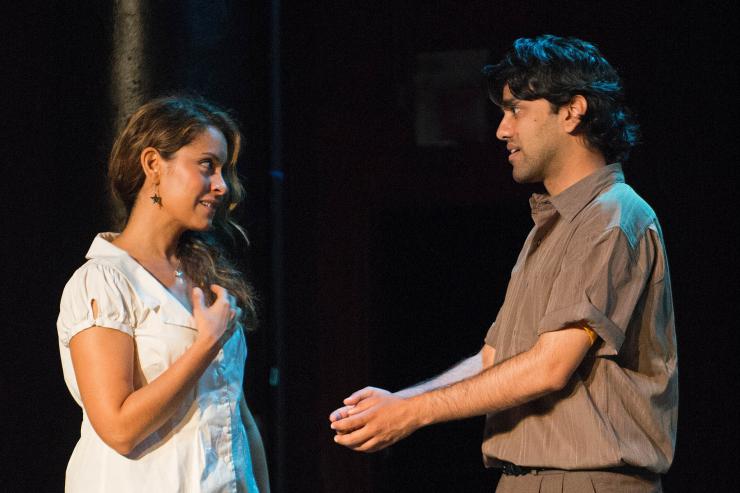
Solitary Light
Axis artistic director Randy Sharp—who came up with the “E Pluribus” theme this year—has co-written an hour-long musical about the Triangle Shirtwaist Factory Fire of 1911, which killed 146 garment workers who had been locked inside the factory by management. The show, which has no dialogue, features some two-dozen songs sung mostly in unison by the nine-member cast, offering a glimpse into working conditions of the time.
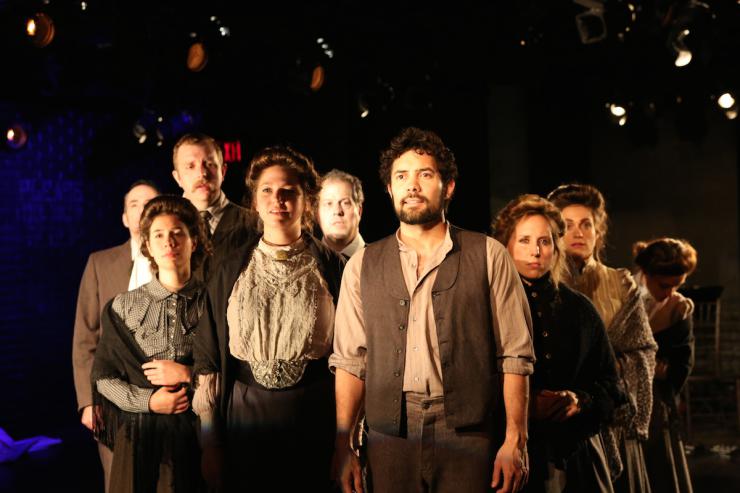
To The Bone
Lisa Ramirez’s play focuses on a household of displaced women who work in a poultry processing plant in Sullivan County in upstate New York, an area that used to be known as the Borscht Belt, but the Catskill resorts stopped attracting customers long ago. The women who work in the plant hate it—the work is physically stressful, and the boss is abusive—but they are immigrants from Latin America, most of them undocumented, and they feel stuck.
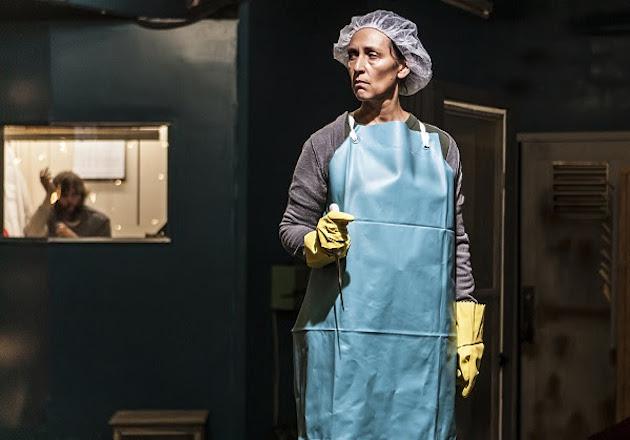
The playwright (who also portrays one of the characters in the play) was inspired by interviews with workers in Sullivan County. But she has shaped To The Bone into a compelling drama, ultimately a tragedy that renders each of the characters as vivid individuals. With the exception of the boss, an outright villain, the characters exist together, albeit warily, in community. As a newcomer observes:
The house is like a machine but it’s different from the one at the plant. The women who live here were forced into this unnatural setting—away from their families away from their countries…. [But] there is an order in this house that is much like a heart—an artificial heart—borne out of necessity, but functioning nonetheless.
All four shows in the festival attempt to re-create on stage real-world societies at a time and place when they are experiencing a clash of cultures. E Pluribus Unum—the motto on U.S coins—is Latin for “Out of many, one.” By omitting the “Unum,” the festival organizers are suggesting that the concept of America as a melting pot that forges one nation out of many cultures is outdated. But at the same time, in each of these theater pieces, there is an effort to acknowledge—even to create—community.
By omitting the “Unum,” the festival organizers are suggesting that the concept of America as a melting pot that forges one nation out of many cultures is outdated.
The distinct theatrical choices distinguish the four festival offerings. Theater Mitu seemed to see it as a sign of disrespect to the real people they interviewed to create full-bodied characters for the stage. A note in the program (an excerpt of a longer note in the script) says in part:
It became essential that we not attempt to replicate or show what this landscape or its citizens ‘look like.’ This would be of great dis-service to the very legitimate plight of a people, a culture, and a place. Rather our goal would become to theatricalize what we witnessed; to convey in a theatrical grammar what this place feels like.
There is no such program note to explain the lack of carefully delineated characters or plot in Solitary Light, but I suspect the motivation was not the same; rather the focus for Sharp and her key collaborator, Paul Carbonara (Blondie guitarist for thirteen years) was songwriting—making sure the notes were mellifluous, and the lyrics, lyrical.
The aim of Theater 167 seemed to be to fully represent the multicultural neighborhood—in my view, theatrically to excess; as memorable as some of the characters are, too many of them crowd the stage. It is true that the experience of walking down the streets of Jackson Heights can feel like a whirlwind anthropological tour of the planet. But I wonder whether this is a newcomer or outsider perspective. The friends I know who live in Jackson Heights had no interest in traipsing into the West Village to see this show about their neighborhood. To them, Jackson Heights is a pleasant place to live; they neither revel in nor despise the foreignness of their neighbors; it seems normal, and therefore irrelevant.
To The Bone, by contrast, zeroes in a handful of characters, and feels as if it is offering an insider perspective, even though this play too was a result of research. While it has its melodramatic elements, there are finely observed tensions among the group—between mother and daughter, between the women who come from Honduras and those from El Salvador, between the documented and the undocumented.
In some ways, the events on all four stages reflect the aims of the Theater: Village Festival as a whole. “We’re trying to make a model,” Van Asselt says, “that opens us up to the world.”

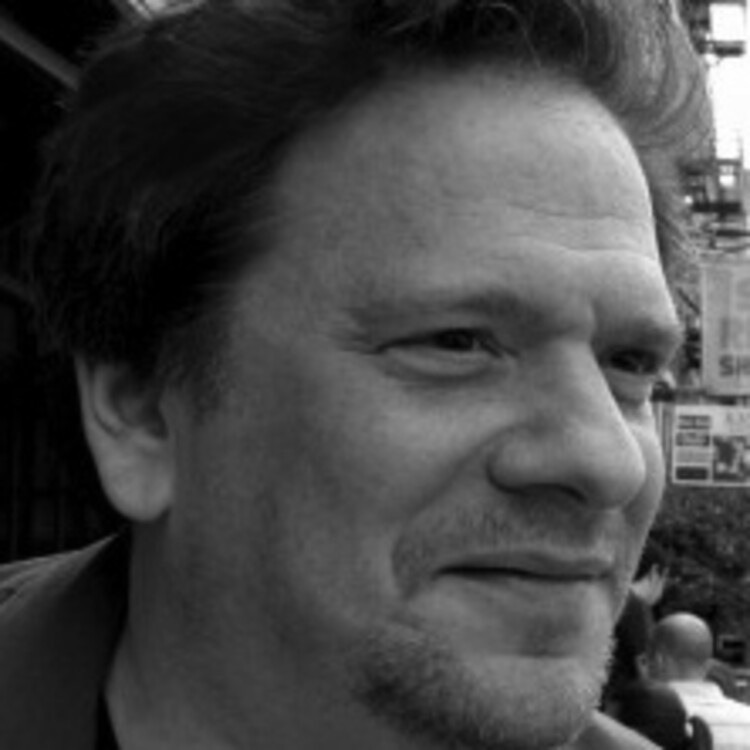
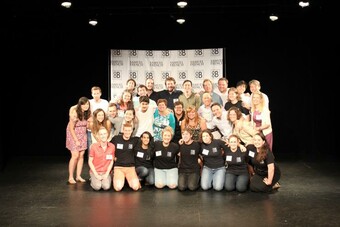





Comments
The article is just the start of the conversation—we want to know what you think about this subject, too! HowlRound is a space for knowledge-sharing, and we welcome spirited, thoughtful, and on-topic dialogue. Find our full comments policy here